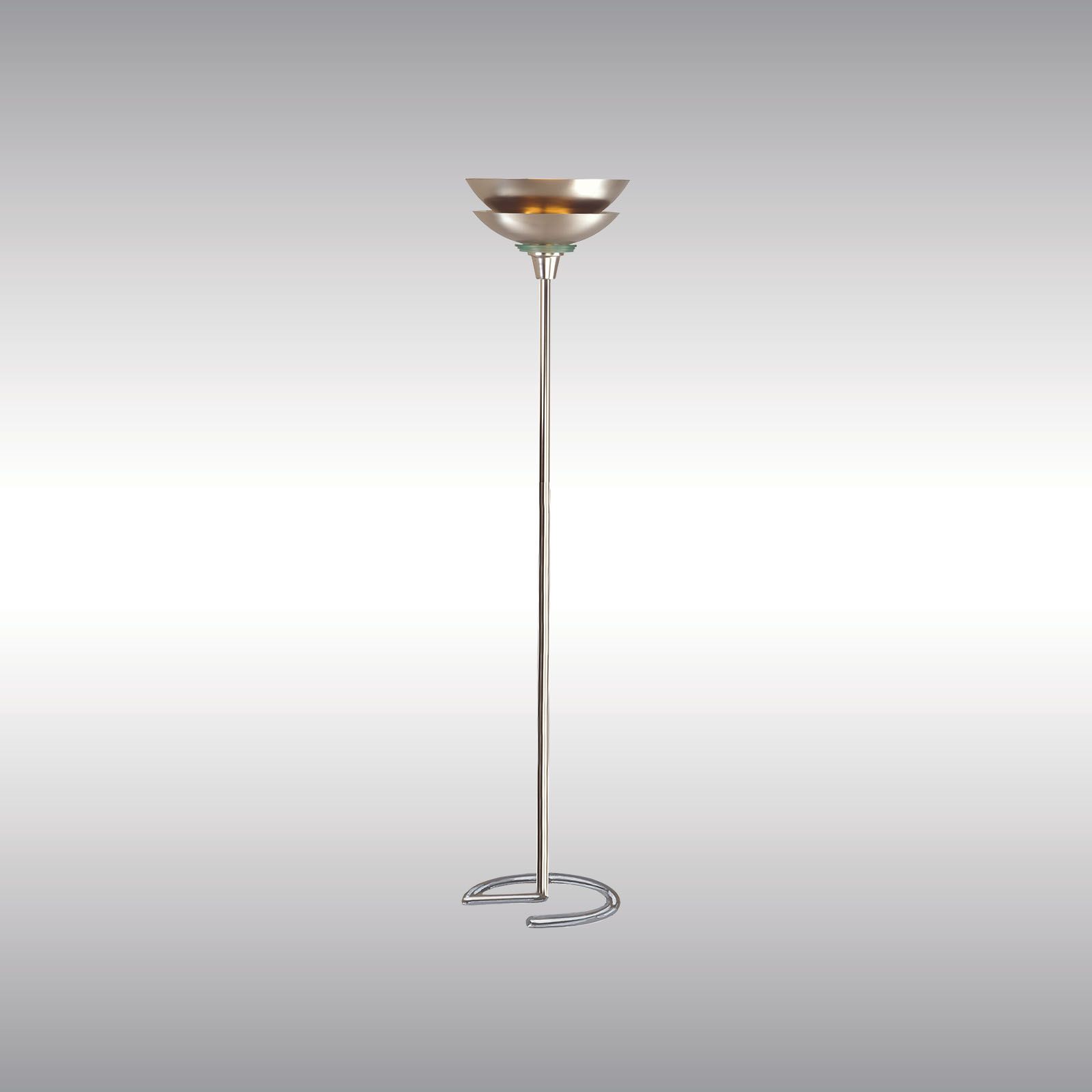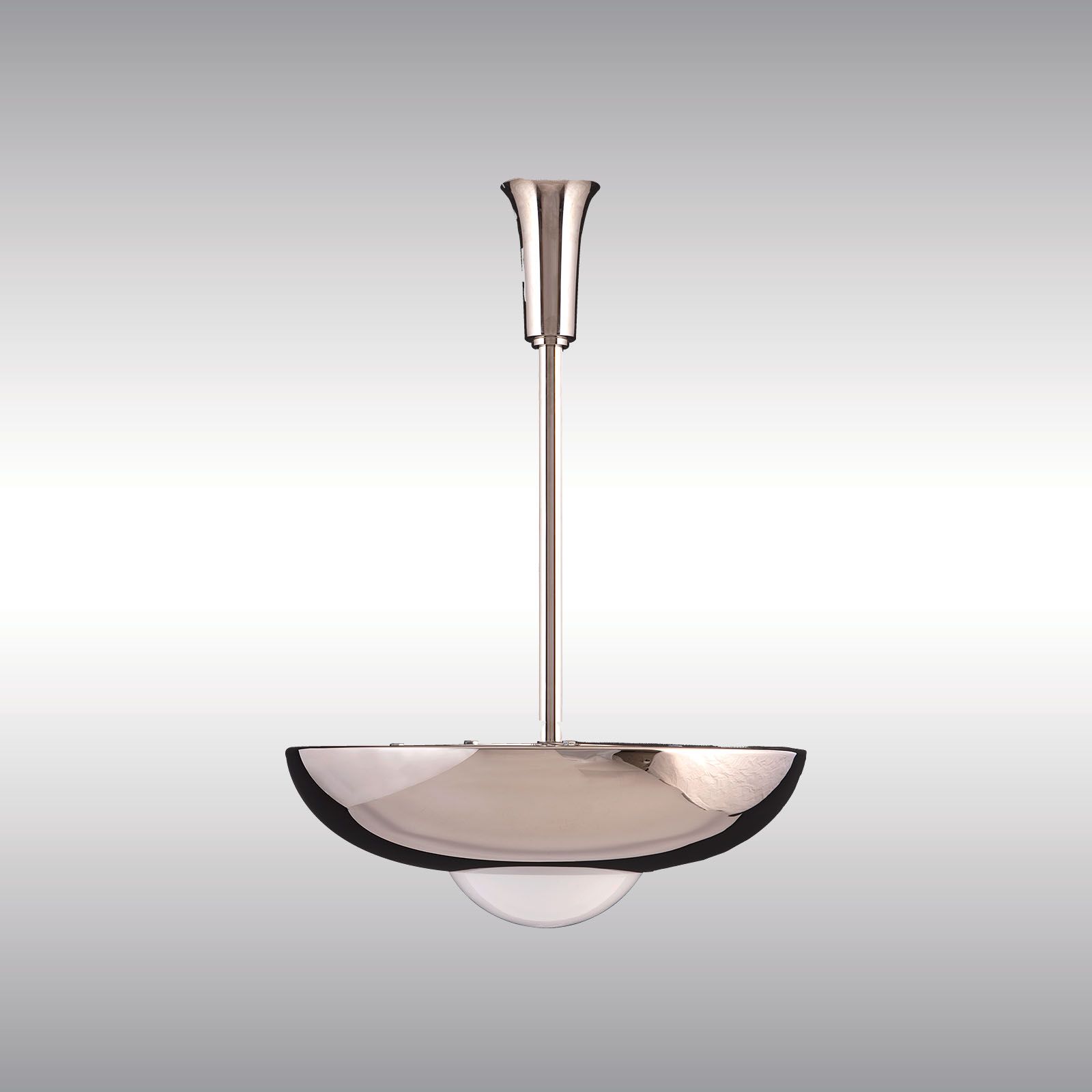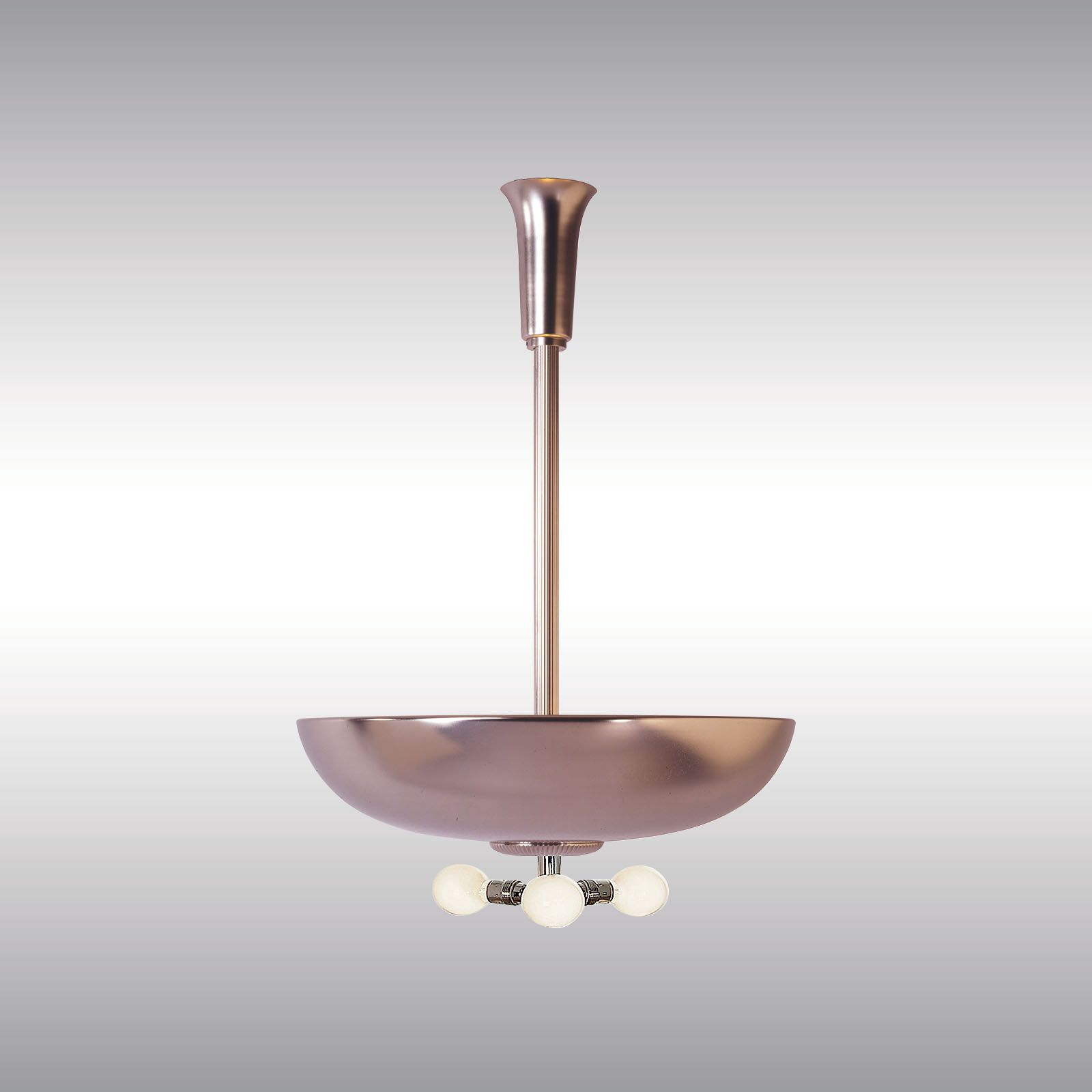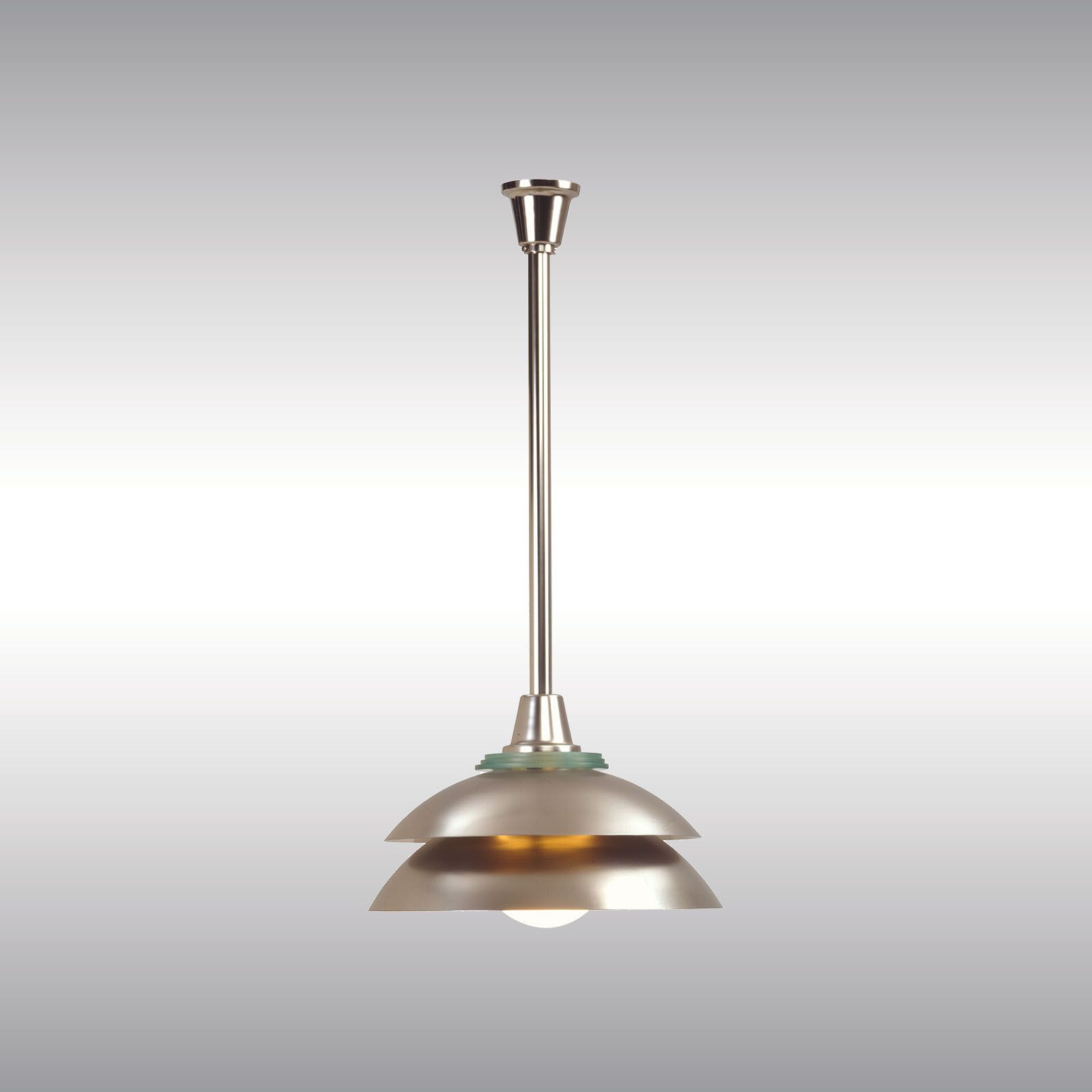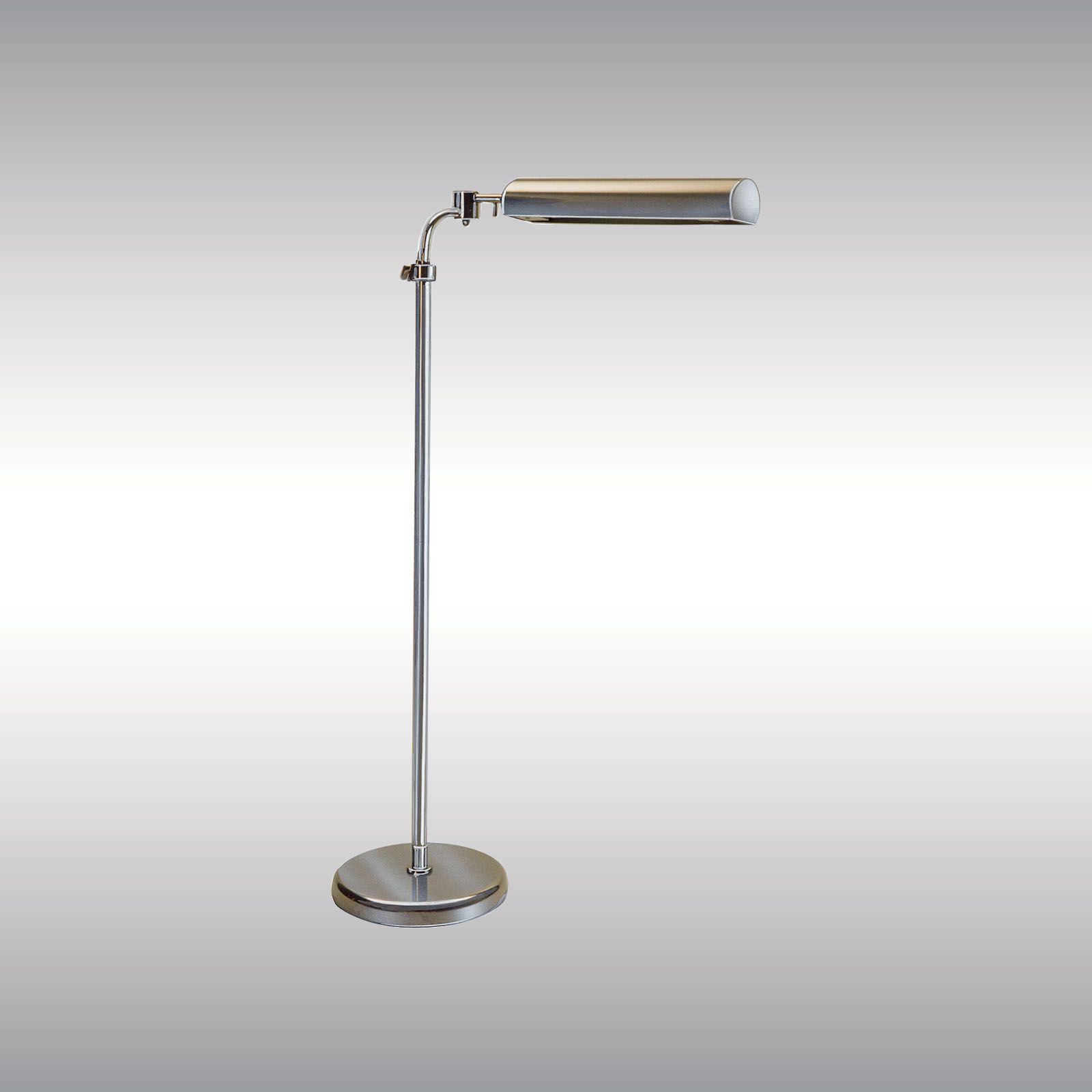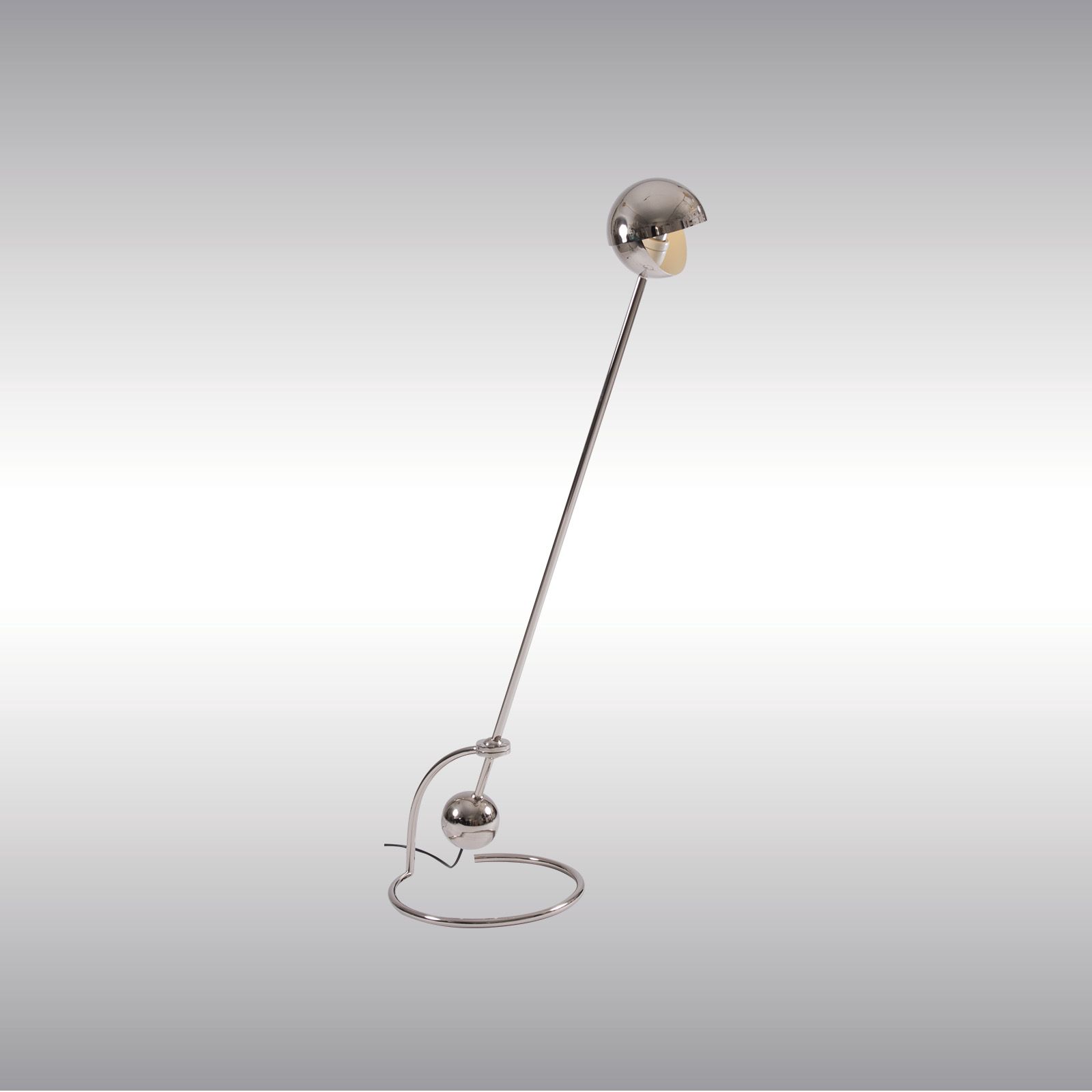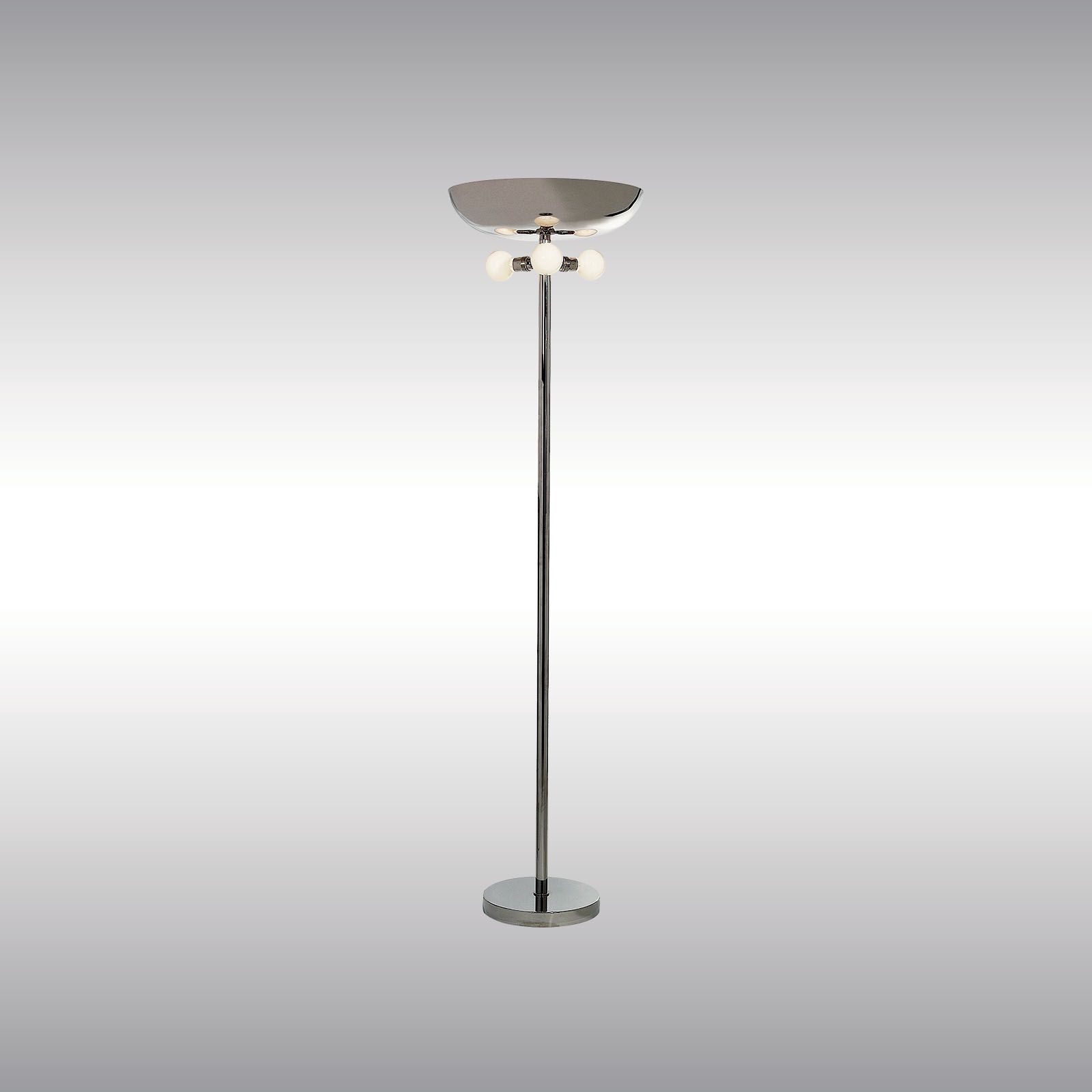The Bauhaus began with an utopian definition: 'The building of the future' was to combine all the arts in ideal unity.
This required a new type of artist beyond academic specialisation, for whom the Bauhaus would offer adequate education.
In order to reach this goal, the founder, Walter Gropius, saw the necessity to develop new teaching methods and was convinced that the base for any art was to be found in handcraft: 'the school will gradually turn into a workshop'. Indeed, artists and craftsmen directed classes and production together at the Bauhaus in Weimar.
This was intended to remove any distinction between fine arts and applied arts. The reality of technical civilisation, however, led to requirements that could not only be fulfilled by a revalorisation of handcraft.
In 1923, the Bauhaus reacted with a changed program, which was to mark its future image under the motto: 'art and technology - a new unity'. Industrial potentials were to be applied to satisfactory design standards, regarding both functional and aesthetic aspects.
The Bauhaus workshops produced prototypes for mass production: from a single lamp to a complete dwelling. Of course, the educational and social claim to a new configuration of life and its environment could not always be achieved.
And the Bauhaus was not alone with this goal, but the name became a near synonym for this trend. The history of the Bauhaus is by no means linear.
The changes in directorship and amongst the teachers, artistic influence from far and wide, in combination with the political situation in which the Bauhaus experiment was staged, led to permanent transformation. The numerous consequences of this experiment still today flow into contemporary life.
Masters of the Bauhaus: Josef Albers(Bauhaus member from 1920-1933. In 1950 he became Chair of the Department of Design at Yale University. Robert Rauschenberg is among the artists who were influenced by Albers ) Herbert Bayer (born in Austria, was a Bauhaus member from 1921-1928. From 1925 on he headed the workshop for 'Printing and Advertising'. In 1938 he immigrated to New York), Marcel Breuer, Lyonel Feininger (Born in New York, the painter Lyonel Feininger was a Bauhaus instructor from 1919-1932, leading the Printing workshop for many years. He returned to New York in 1937.), Walter Gropius, Johannes Itten (Before joining the Bauhaus Itten headed his own art school in Vienna. At the Bauhaus he designed an innovative introductory course: he let students explore form, color, rhythm and contrast. Itten's principles were of tremendous influence not only on art education, but also on Kandinsky and Klee. Opposed to the Bauhaus producing commercial work, a longstanding conflict with Gropius led Itten to resign in 1923, when Moholy-Nagy took over his position.), Wassily Kandinsky (Born in Moscow, the painter Wassily Kandinsky founded, with Franz Marc, the 'Blaue Reiter' ('Blue Rider') group in Munich, Germany in 1911. He joined the Bauhaus in 1922 to first head the 'Murals' workshop. From 1927 until 1933 he taught the increasingly popular free painting class), Paul Klee (The Swiss painter Paul Klee joined the Bauhaus in 1921. He headed the 'Bookbinding' workshop during his first year, next the 'Glass painting' workshop and taught courses until 1931, among them weaving and painting), Hannes Meyer (Hannes Meyer (1889 - 1954), born in Switzerland into a family of architects, was one of the most important functionalists of the 1920's. In the Bauhaus School he headed the Department of Architecture. In 1928 Meyer succeeded Gropius as Director of the Bauhaus School. He held that position for three years), Mies van der Rohe, Laszlo Moholy-Nagy, Georg Muche (Founding member of the 'Der Sturm' art school, exhibiting with Klee and teaching painting. Head of the 'Weaving' workshop for most of his 1920-1927 Bauhaus tenure. Spent the remaining years teaching in various German institutions) , Oskar Schlemmer (Oskar Schlemmer (1888-1943) served as head of the Bauhaus' 'Sculpture' and 'Theater' workshops from 1923-1929. He is best known for his 'Triadische Ballett.')
Foto: Karolinsky-Archive

